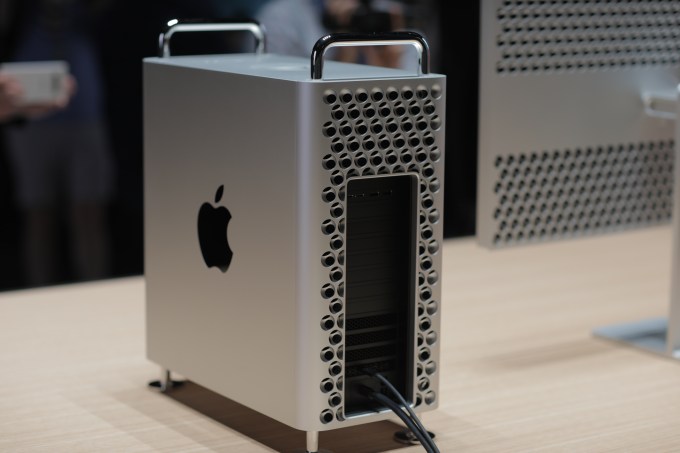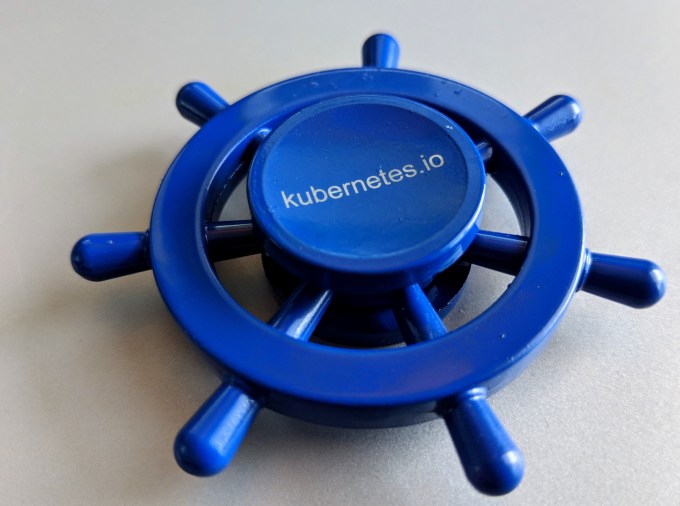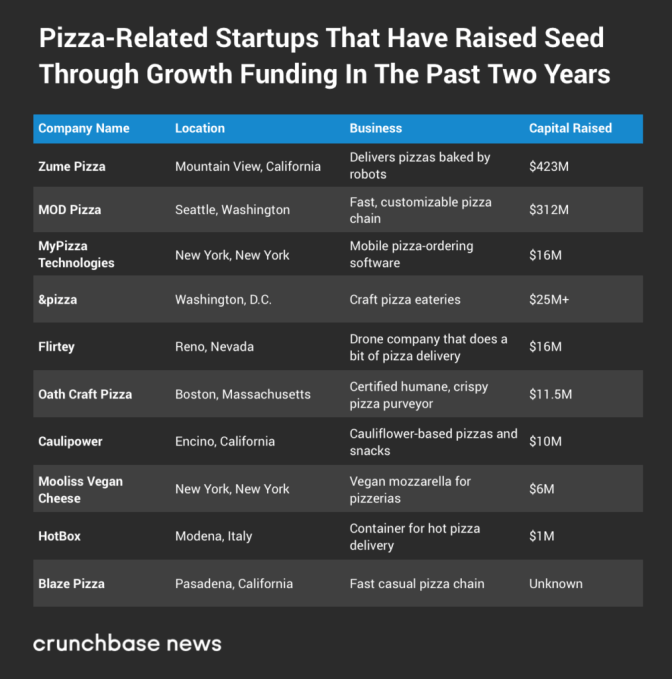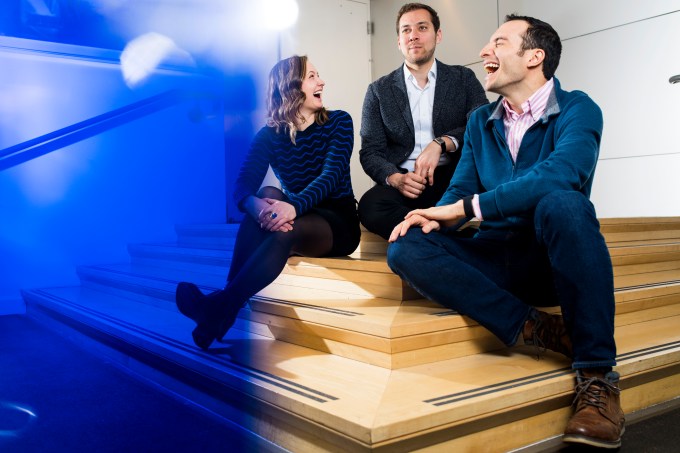Unity Technologies, the multibillion-dollar gaming engine, is facing a lawsuit from its former VP of global talent acquisition, Anne Evans, who accuses CEO John Riccitiello of sexual harassment. The sexual harassment allegedly took many forms — ranging from making sexist jokes to propositioning her and other employees for sex, to making references to his erect penis and saying, “I want to fuck you. I want to throw you down on the bed and fuck you.”
Evans was eventually terminated and is now suing for retaliation, wrongful termination, failure to prevent discrimination, among other things. In a note to employees, obtained by TechCrunch, Unity Technologies General Counsel and Chief Legal Officer Ruth Ann Keene notified employees of the litigation and its plans to defend itself. Ann Keene says the allegations are false.
In a statement to TechCrunch, a Unity spokesperson said the allegations are not true and that it intends to “vigorously defend against the false allegations asserted by Anne Evans,” the company said in a statement to TechCrunch.
In the lawsuit, Evans says the workplace “was highly sexualized.” Evans says Riccitiello and other men in management positions “spoke openly about women in a sexual manner, made sexist jokes, and flirted with and pursued sexual relationships with female employees and contractors.”
She goes on to allege in the suit that Riccitiello would make comments about how “the way she walked was ‘sexy’ and how he could not believe she was lesbian.” On another occasion at the private club The Battery, the lawsuit alleges Riccitiello asked Evans to go to his hotel room with him. She said no but later found out Riccitiello had asked two of Evans’ direct reports to join him in his hotel room for a threesome, the lawsuit states.
“Throughout Evans’ tenure at Unity, Riccitiello regularly made comments about all of the women he slept with, their ages, and what sexual acts they liked to perform with him,” the lawsuit states. “Brown [Unity’s chief people officer], often would laugh approvingly about Riccitiello’s tales of sexual conquest and later when they started a relationship (as described below) would talk in explicit detail at work about her and Riccitiello’s sex life.”
There are numerous more details in the suit that describe instances of sexual harassment by Riccitiello. You can read the suit in full here. Throughout this time, however, Evans says Riccitiello warned her not to discuss anything that happened between the two of them.
Earlier this year, Unity released a company-wide survey about culture, the lawsuit states. Evans says Unity’s head of Americas recruiting, Natalie Mulay, wanted to share with her comments people had made about Evans. Evans, however, believed that the results were improperly accessed and reported it to Unity’s head of people.
The company began investigating the unauthorized access and talked with Mulay, the lawsuit alleges. Mulay then allegedly threatened to smear Evans in retaliation, saying said she would accuse Evans of sexual harassment since they “had a very brief consensual sexual relationship in early 2016). Mulay ended up following through and making an official allegation against Evans. Evans was cleared of the charges but investigators found she had accepted gifts in the past from Mulay, which the company said was against its policy. Evans, however, says otherwise and pointed to how Brown had accepted gifts from Riccitiello.
“Unity’s decision to terminate Evans was motivated at least in substantial part by her reporting Mulay and Kerr’s improper accessing of confidential personnel information and/or her rejecting the CEO’s sexual advances and defying his warnings to keep his conduct a secret,” the lawsuit states.
But Unity says that’s not what led to Evans’ termination. Instead, a Unity spokesperson said a third-party investigation found Evans “engaged in serious misconduct and established multiple instances in which she demonstrated a gross lapse in judgment.”
Unity says the company had been working with Evans on the details of her departure when she filed the lawsuit.
“Before and throughout the investigation, Evans had multiple opportunities to share her concerns about her experiences at the company through confidential and objective mechanisms, yet never did,” the Unity spokesperson said. “We take these issues seriously at Unity, just as we did when we learned about concerns involving Evans. We do not tolerate harassment, and we have policies in place to address relationships in the workplace.”
You can see the full email Unity sent to its employees earlier this week below:
I wanted to let you know about a legal case that was filed Wednesday in San Francisco against Unity. The case was filed by Anne Evans, our former Vice President of recruiting. The complaint is filled with false allegations, and we intend to defend against the lawsuit vigorously.
Importantly, several months ago, we conducted a third-party investigation involving Anne’s behavior during her employment. The investigation surfaced facts that she engaged in serious misconduct and established multiple instances in which she demonstrated a gross lapse in judgment and this led to her termination. This was an undesirable outcome for Anne, and we had been working with her on the details of her departure when she filed a public lawsuit that includes false and damaging claims against Unity, its employees and John, in particular.
Before and throughout the investigation, Anne had multiple opportunities to share her concerns about her experiences at the company. As with all of our employees, Anne also had access to a number of objective, confidential resources through which to voice her concerns, including an anonymous reporting mechanism. None of these allegations were brought forth until the filing of this complaint.
We are well prepared for the next steps in this legal matter and also expect it to become public, so I wanted you to know first. If you have questions or concerns about any of this, please reach out to me. If anyone from the press contacts you, please refer them to Marisa Graves in PR.
We take these issues seriously at Unity, just as we did when we learned about concerns involving Anne. We don’t tolerate harassment here, and we have policies in place to address relationships in the workplace. These are issues we discuss with all of you so that you know and trust the resources available to you, and we are committed to continuing to do so. As you know, you can also always come directly to me.
Thank you,
Ruth Ann Keene












